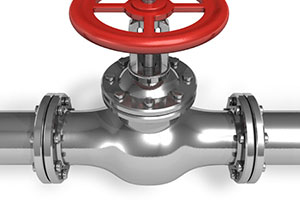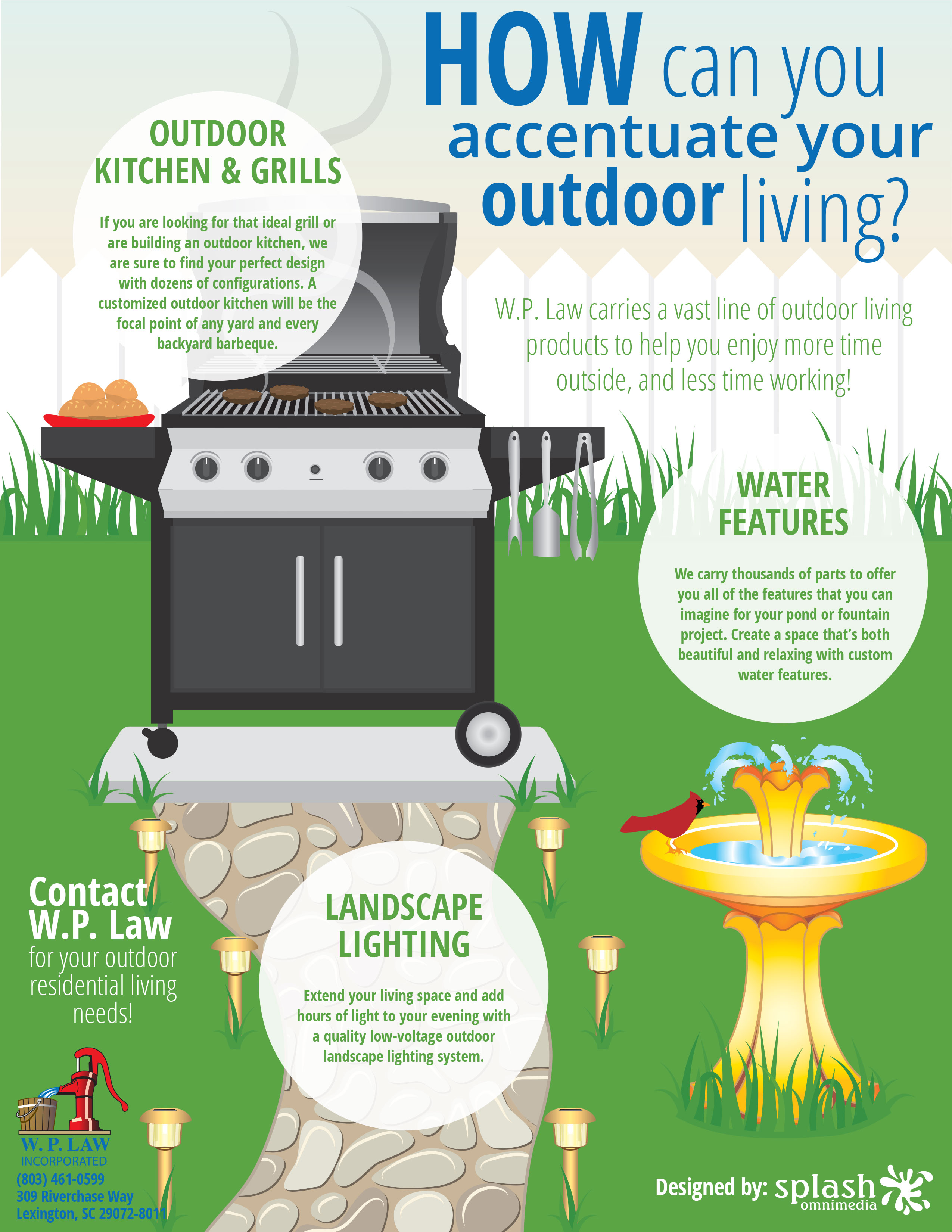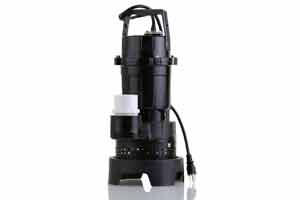
A diaphragm valve and an electrically actuated control valve are two similar valves that have a few key differences. A diaphragm valve is a manual type of valve that is used within a closing device. In these instances, the diaphragm valve is responsible for isolating or blocking the flow of liquids. Generally speaking, diaphragm valves are used under low pressure and within a limited temperature operating range. With this in mind, they are a commonly chosen valve for regulating gases and liquids.
Contrary to a diaphragm valve, an electrically actuated control valve is not a manual valve. Rather, it is a valve that is powered by a motor. The motor converts electrical energy into a mechanical torque, which then opens or closes the valve (or in some cases, valves). The electrically actuated control valve is one of the highest torque operating valves because it relies on electric power rather than having a dependence on compressed air. The electric solution has a number of benefits.
- It is a cost effective solution.
- The electrically actuated control valve offers a wider variety of control-valve applications.
- It can be successfully used within the chemical, petrochemical, power generation, and other process industries.
With these key differences in mind, it is important to note that both the diaphragm valve and the electrically actuated control valve are appropriate solutions. Determining when to use each type of valve will depend on the type of liquid or gas that you need to handle, as well as the industry that you work within. To learn more about the differences between a diaphragm valve and an electrically actuated control valve contact the experts at W.P. Law. The entire W.P. Law team is dedicated to providing valuable insights, services, and products to a multiplicity of industries. Contact a team member today to discover which valve is best suited for your unique set of requirements.











